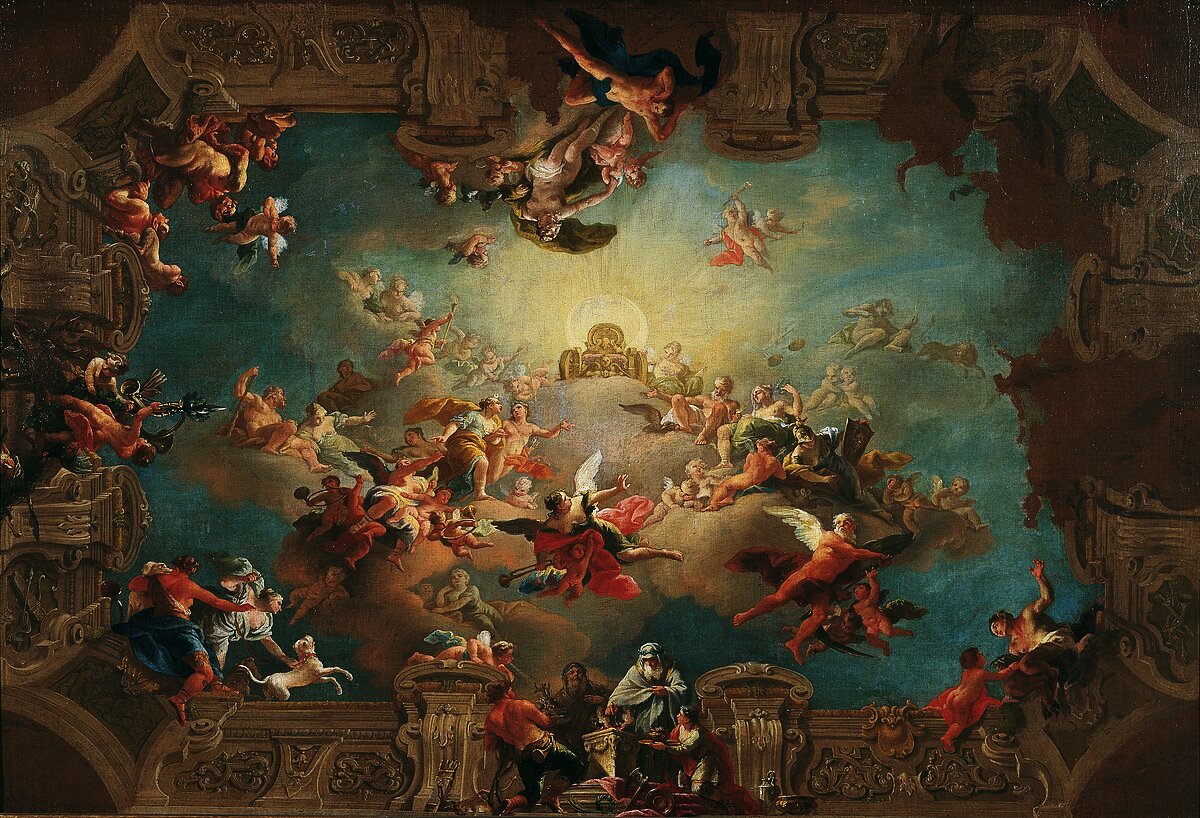Syrian Mountain Churches : Syria’s coastline is rich with Christian history that stretches back nearly two thousand years. While well-known places like Sednaya and Maaloula attract many visitors, the countryside around Tartous and Latakia reveals another side of faith — quiet monasteries, hidden chapels, and Syrian Mountain Churches surrounded by nature. These Syrian Mountain Churches stand as timeless symbols of devotion, carved into hillsides and preserved in remote villages. For travelers and pilgrims, exploring Syrian Mountain Churches along the coast offers a peaceful journey through both spirituality and history.
Syrian Mountain Churches | Quick Info
| Site Name | Location | Era | Brief Info |
|---|---|---|---|
| Deir Mar Elias | Near al-Sawda, Tartous | Late Byzantine era | Remote monastery, still visited by pilgrims and locals. |
| al-Maqataa Church | Near Duraykish | 6th–7th century | Rock-carved church with unique columns and baptistery. |
| Aramo | Latakia countryside | Roman–Byzantine | Village with ruins of a Christian temple and early church. |
Deir Mar Elias – Monastery of Saint Elijah
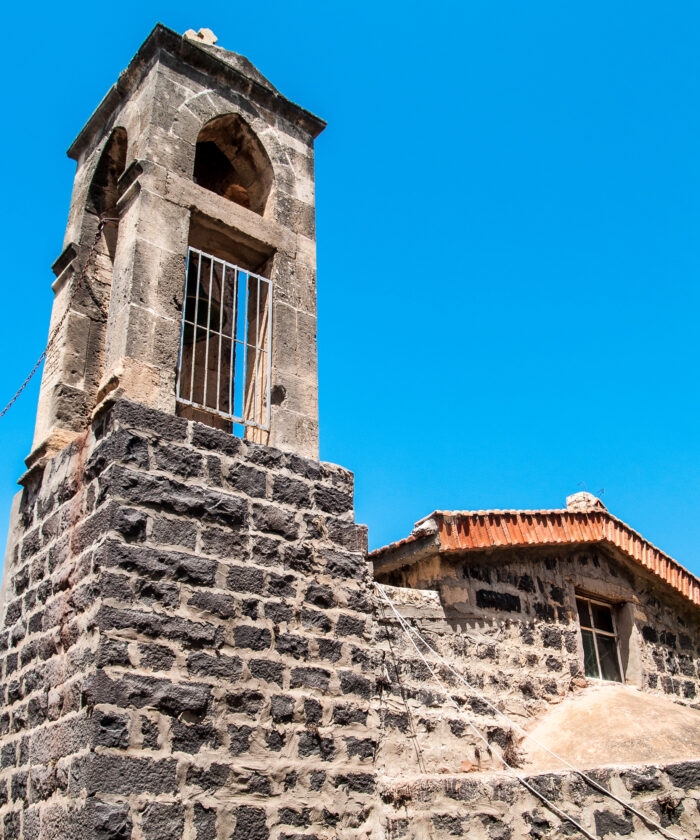
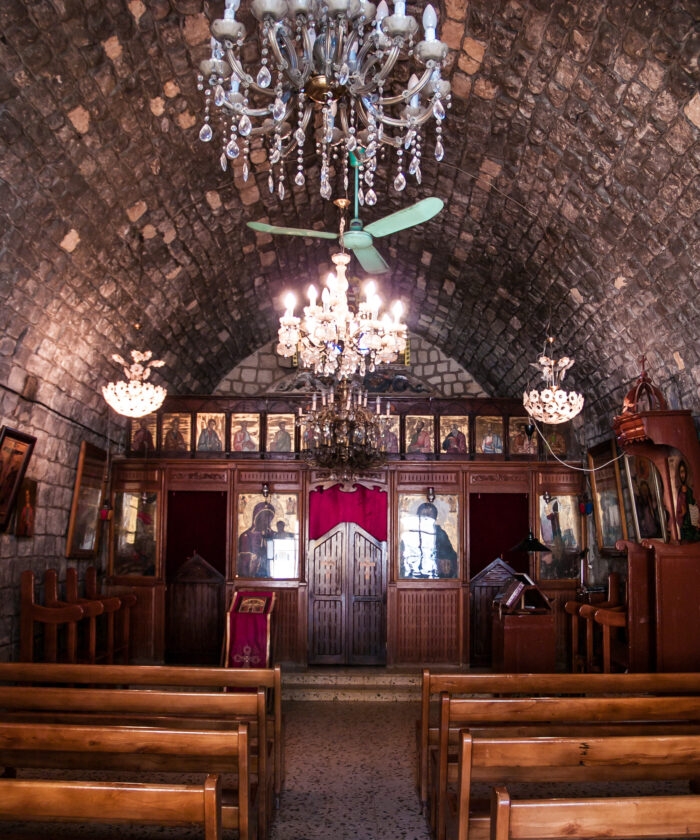
Tucked away in the hills near the town of al-Sawda in Tartous Governorate, Deir Mar Elias is a small, humble monastery named after the prophet Elijah (Mar Elias in Syriac and Arabic).
Though the exact date of its founding remains uncertain, its Byzantine origins are evident in its architectural layout, including a modest chapel with semicircular apse and some carved decorative fragments. Despite its simplicity, this site still holds religious importance for the local Christian community. On Saint Elijah’s feast day, the area becomes alive with visitors and celebrants from nearby towns.
What makes Deir Mar Elias special isn’t just the stones — it’s the living tradition that has kept this site spiritually alive across centuries of political and cultural change.
al-Maqataa Church – Carved into Stone
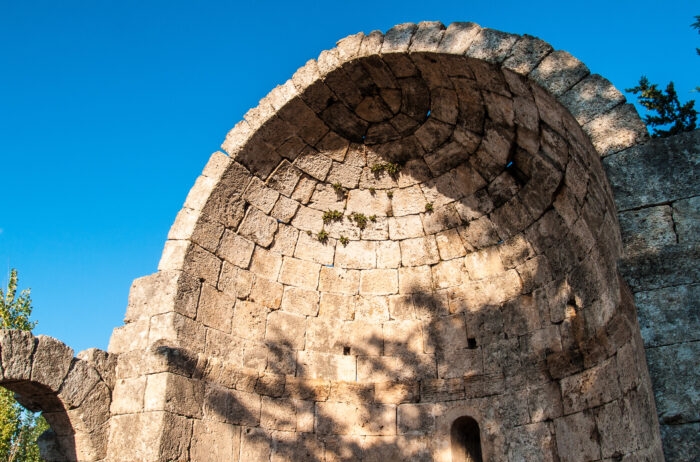
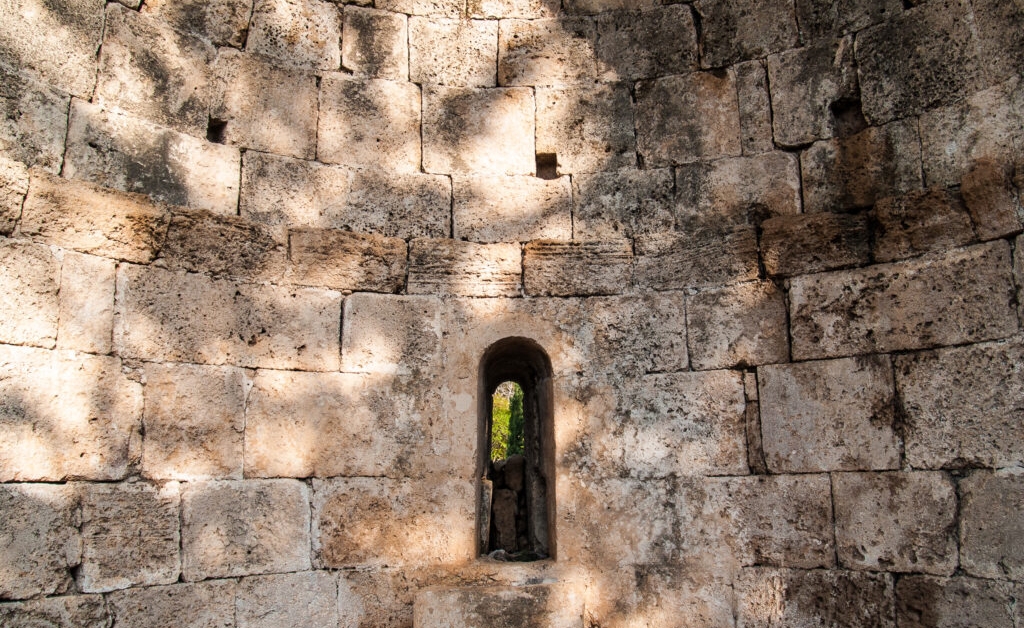
Deep in the Duraykish region lies one of the most unusual Christian sites in Syria — the Church of al-Maqataa. Unlike traditional structures, this church is carved directly into rock, with three standing columns that remain inside the main space and what seems to be a baptistery basin dug into the floor.
Archaeologists believe it dates back to the 6th or 7th century, a period of flourishing Christianity in the region. The site is surrounded by nature and largely unknown to tourists, giving it an aura of mystery and spiritual solitude. The stonework, though modest in decoration, speaks of early Christian adaptation to the local environment.
For those interested in early Christian architecture, this is a must-see hidden gem.
Aramo – Christian Roots in a Roman Village
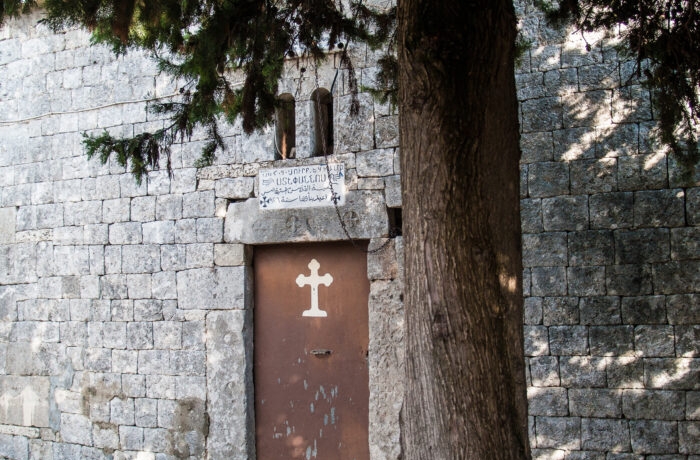
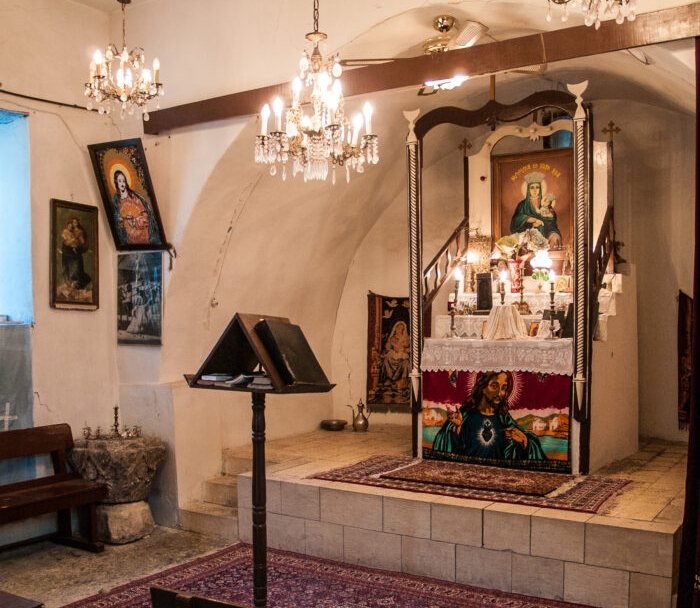
The small village of Aramo, in the countryside of Latakia, is home to a fascinating blend of Roman and Christian remains. A short walk through the area reveals the foundations of a Roman-era temple, later converted or reused as a Christian site during the Byzantine period.
Fragments of inscriptions and architectural elements — like columns and capitals — can be seen near the village center. Aramo reflects a period of religious transition, where pagan Roman architecture was adapted to fit new Christian needs.
Though it lacks a formal tourist infrastructure, the archaeological richness of the site and its setting among rolling hills make Aramo a worthy detour for history lovers.
Suggested Itinerary (1 day)
- Morning: Start in Tartous → Visit Deir Mar Elias
- Midday: Continue to Duraykish → Explore al-Maqataa Church
- Afternoon: Head north to Aramo in Latakia countryside
Optional: Combine with visits to nearby castles or spend the night in Tartous or Latakia for a two-day itinerary.
Final Thoughts
Syrian Mountain Churches may not appear in guidebooks or on tour buses, but places like Deir Mar Elias, al-Maqataa Church, and Aramo offer a deeper connection to Syria’s Christian roots. Their modesty, silence, and mountain setting invite quiet reflection on centuries of faith that once flourished here. For pilgrims, history lovers, and curious travelers alike, Syrian Mountain Churches reveal a side of the country rarely seen—one of sacred stillness and spiritual endurance. Hidden among the hills and villages, Syrian Mountain Churches continue to tell the story of devotion and resilience along Syria’s coast.
Finally.. If you have any questions, please contact us. To explore further, visit our Facebook Syria collection for rare images and cultural highlights.
Sources & References:
UNESCO – World Heritage Centre: https://whc.unesco.org
Archnet – Architecture & Heritage Database: https://www.archnet.org
World History Encyclopedia: https://www.worldhistory.org
Syrian Heritage Archive Project: https://syrian-heritage.org
Global Encyclopedia: Wikipedia



